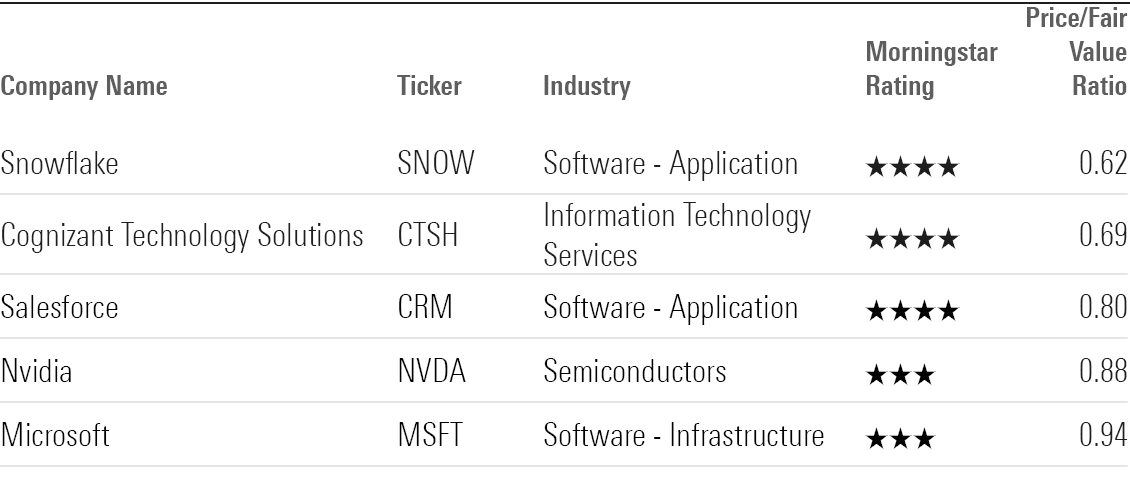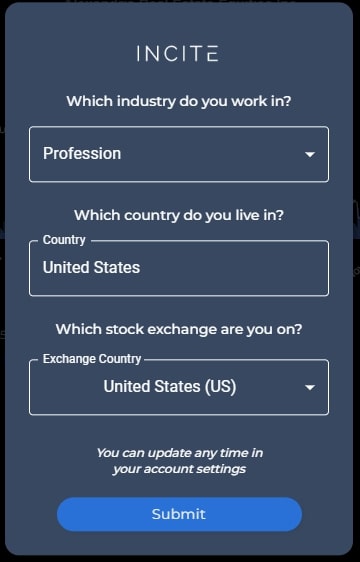20 Handy Tips For Picking AI Stock Trading Sites
20 Handy Tips For Picking AI Stock Trading Sites
Blog Article
Top 10 Tips For Assessing The Ai And Machine Learning Models In Ai Trading Platforms For Stock Prediction And Analysis.
Analyzing the AI and machine learning (ML) models used by stock prediction and trading platforms is vital to ensure that they provide accurate, reliable, and useful insights. Poorly designed or overhyped models could lead to inaccurate predictions or even financial losses. Here are the top 10 strategies for evaluating AI/ML models that are available on these platforms.
1. Learn the purpose and approach of this model
A clear objective: Determine if the model was developed to be used for trading short-term, long-term investments, sentiment analysis, or risk management.
Algorithm Transparency: Check if the platform reveals what kinds of algorithms they employ (e.g. regression, neural networks for decision trees and reinforcement-learning).
Customization. Determine whether the model can be adapted to be tailored to your trading strategy, or the level of risk tolerance.
2. Review the Model Performance Metrics
Accuracy: Check the accuracy of the model in predicting the future. However, do not solely use this measure since it can be misleading when used in conjunction with financial markets.
Accuracy and recall - Examine the model's capability to recognize genuine positives while minimizing false positives.
Risk-adjusted results: Determine the impact of model predictions on profitable trading despite the accounting risk (e.g. Sharpe, Sortino and others.).
3. Test the model using Backtesting
Historical performance: Test the model with historical data to determine how it performed in past market conditions.
Tests on data not being used to train To prevent overfitting, try testing the model with data that was never previously used.
Scenario analysis: Test the model's performance during various market conditions (e.g. bear markets, bull markets high volatility).
4. Be sure to check for any overfitting
Overfitting signs: Look out for models that perform exceptionally well on training data but poorly on unseen data.
Regularization techniques: Check if the platform employs techniques such as L1/L2 normalization or dropout to prevent overfitting.
Cross-validation is an essential feature for any platform to make use of cross-validation when evaluating the generalizability of the model.
5. Examine Feature Engineering
Relevant features: Determine whether the model is using important features (e.g. volume, price emotional indicators, sentiment data, macroeconomic factors).
Choose features: Ensure that you only choose the most statistically significant features, and does not include redundant or irrelevant information.
Updates to dynamic features: Make sure your model is updated to reflect recent features and market conditions.
6. Evaluate Model Explainability
Interpretation: Ensure that the model provides clear reasons for its predictions (e.g. SHAP value, significance of particular features).
Black-box Models: Watch out when platforms use complex models without explanation tools (e.g. Deep Neural Networks).
User-friendly insights : Determine if the platform provides actionable information in a format that traders can easily understand.
7. Examine Model Adaptability
Changes in the market - Make sure that the model can be modified to reflect changing market conditions.
Examine if your platform is updating the model on a regular basis with new information. This will increase the performance.
Feedback loops: Ensure that the platform is incorporating feedback from users as well as real-world results to improve the model.
8. Be sure to look for Bias, Fairness and Unfairness
Data bias: Ensure that the data used for training is representative of the marketplace and free of biases.
Model bias: Determine whether the platform is actively monitoring the biases of the model's prediction and if it mitigates the effects of these biases.
Fairness: Check that the model does favor or disfavor specific stocks, trading styles or even specific segments.
9. Evaluation of Computational Efficiency
Speed: Determine if the model can generate predictions in real-time or with minimal latency, specifically for high-frequency trading.
Scalability: Check whether a platform is able to handle multiple users and large datasets without performance degradation.
Resource usage: Check to see if your model is optimized for efficient computing resources (e.g. GPU/TPU usage).
Review Transparency and Accountability
Model documentation: Verify that the platform offers complete documentation about the model's structure, its training process and its limitations.
Third-party validation: Determine whether the model has been independently validated or audited by a third party.
Error handling: Check if the platform has mechanisms to detect and rectify models that have failed or are flawed.
Bonus Tips
Case studies and reviews of users Review feedback from users as well as case studies in order to assess the model's real-world performance.
Trial period - Use the free demo or trial to test the models and their predictions.
Customer support: Check that the platform can provide robust customer support to help solve any product-related or technical problems.
By following these tips you can evaluate the AI/ML models used by stock prediction platforms and make sure that they are accurate transparent and aligned to your trading objectives. Have a look at the best ai for investment for more examples including best ai trading app, ai trading, AI stock trading bot free, options ai, best ai for trading, AI stock trading app, using ai to trade stocks, ai for stock trading, AI stock, AI stocks and more.
Top 10 Tips To Assess The Trial And Flexibility Of Ai Platforms For Predicting And Analysing Stocks
It is important to evaluate the flexibility and trial features of AI-driven stock prediction and trading platforms prior to you commit to a subscription. Here are 10 best suggestions for evaluating these aspects.
1. Free Trial Availability
Tips: Find out if the platform gives a no-cost trial period to test the features and performance.
Why: The trial is a great opportunity to try the platform and evaluate it without any financial risk.
2. Limitations on the Time and Duration of Trials
Check the length of the trial as well as any limitations.
The reason: Once you understand the constraints of the trial, you can determine whether it's a complete evaluation.
3. No-Credit-Card Trials
Look for trials which don't require credit cards upfront.
The reason: This can reduce the possibility of charges that are not planned and allow users to choose not to.
4. Flexible Subscription Plans
Tips. Find out whether a platform has the option of a flexible subscription (e.g. annually, quarterly, monthly).
Why: Flexible plans let you choose the amount of commitment that's best suited to your budget and requirements.
5. Customizable Features
Find out if you can customize options like alerts or risk levels.
The reason: Customization allows the platform to meet your trading objectives.
6. Easy Cancellation
Tip: Determine how simple it is to cancel, downgrade or upgrade your subscription.
The reason is that a simple cancellation procedure allows you to not be locked into a service which isn't working for you.
7. Money-Back Guarantee
Tips - Search for platforms with a money back guarantee within a specific time.
Why this is important: It gives you additional security in the event that the platform does not meet your expectations.
8. You will be able to access all features during the trial period.
Make sure that you are able to access all features of the trial, and not only a limited version.
You can make an informed decision by testing the full capabilities.
9. Support for Customers During Trial
Check out the customer service during the trial period.
Why: Reliable customer support helps you resolve issues and make the most of your trial.
10. Post-Trial Feedback Mechanism
Check to see whether feedback is requested during the trial in order to improve the service.
What's the reason? A platform that relies on user feedback is bound to grow quicker and better serve the needs of users.
Bonus Tip Optional Scalability
If you are seeing your trade grow your trading, the platform must have higher-tiered options or plans.
After carefully reviewing the test and flexibility features, you will be in a position to make an informed choice about whether AI stocks predictions and trading platforms are suitable for your company prior to committing any funds. Check out the recommended good on can ai predict stock market for site recommendations including how to use ai for stock trading, how to use ai for stock trading, best AI stock prediction, ai in stock market, chart ai trading, ai tools for trading, stock trading ai, AI stock investing, stock predictor, best AI stocks to buy now and more.